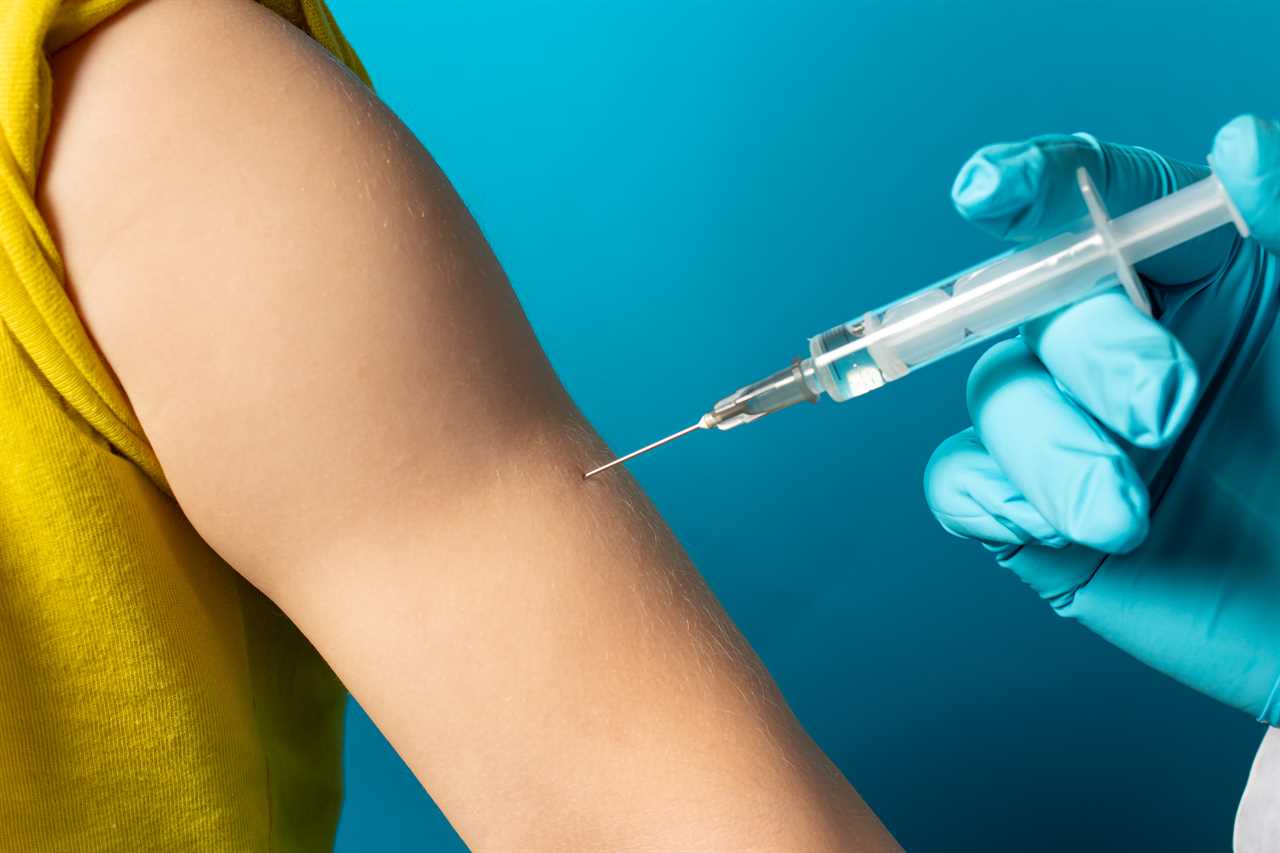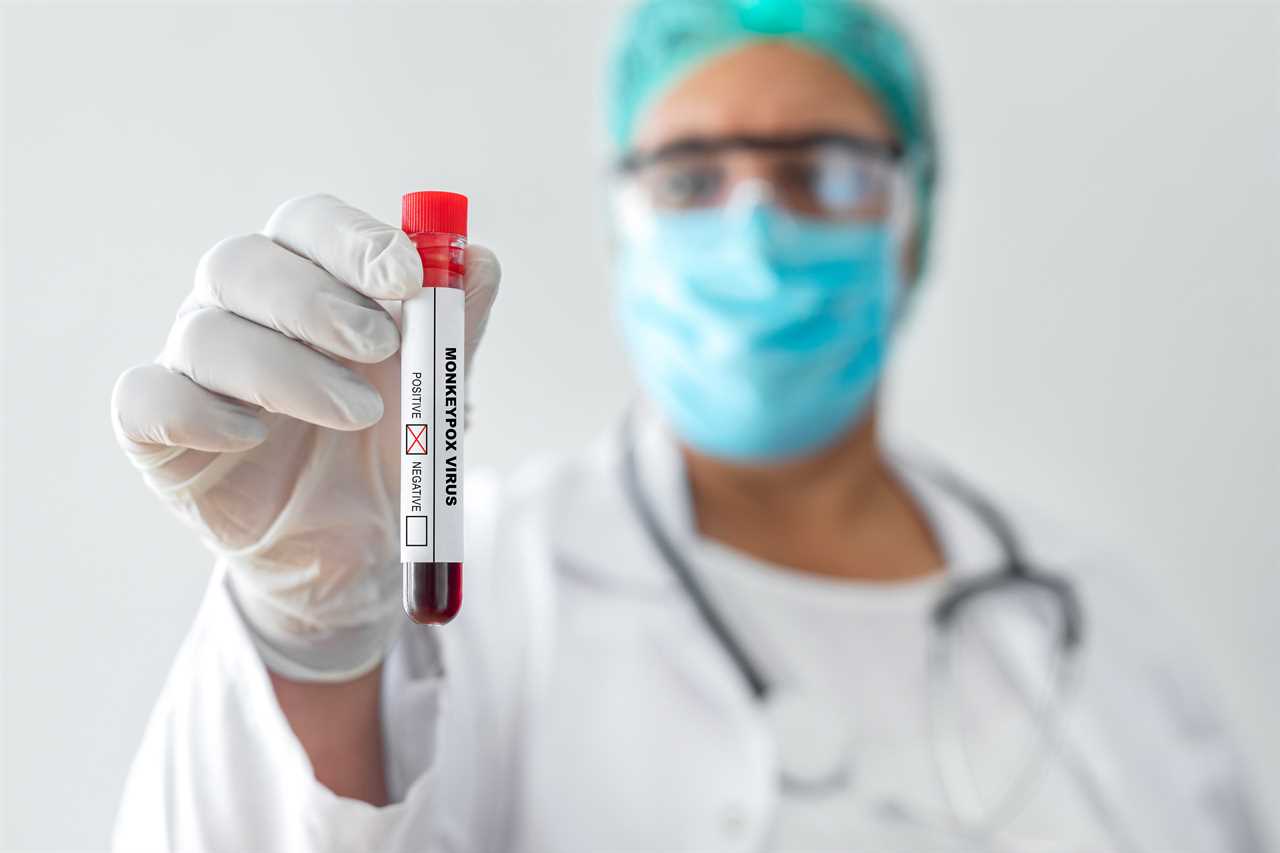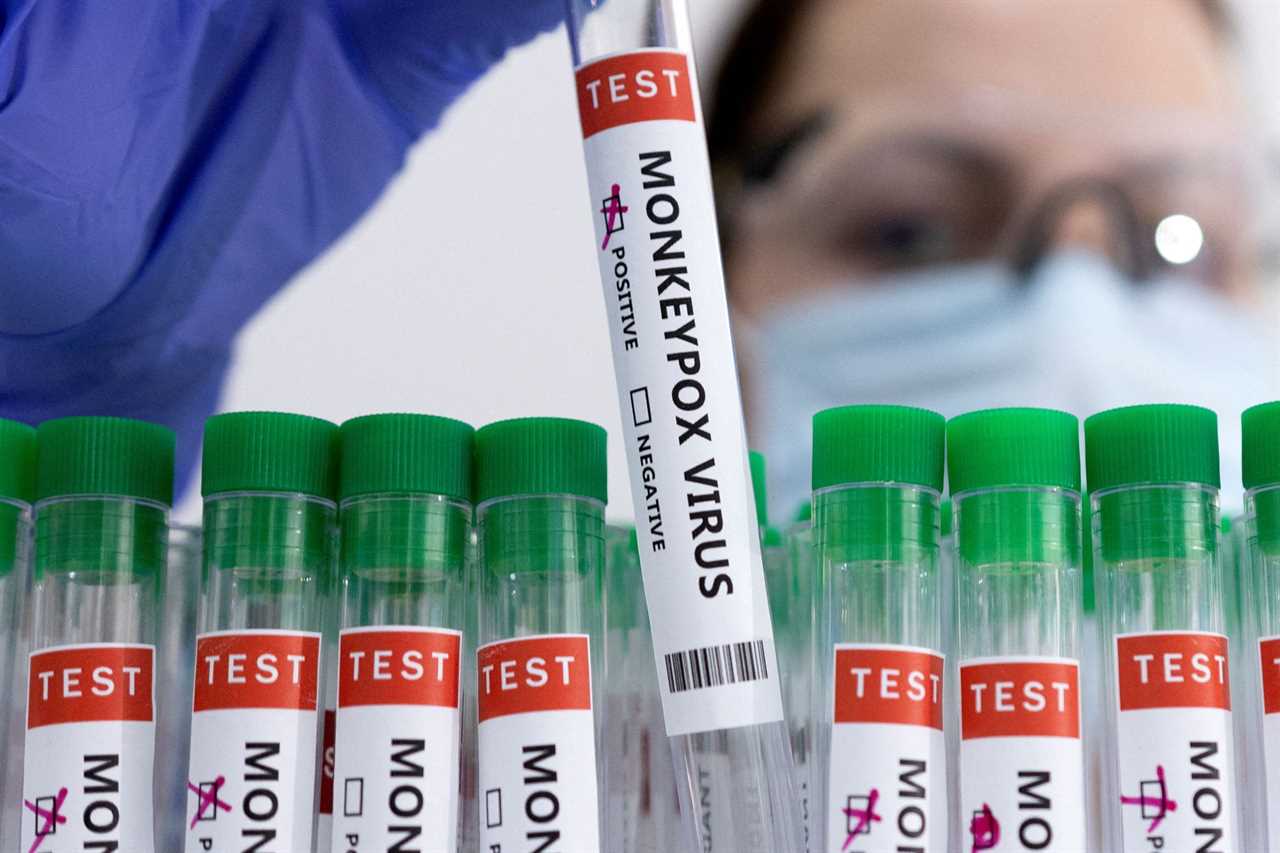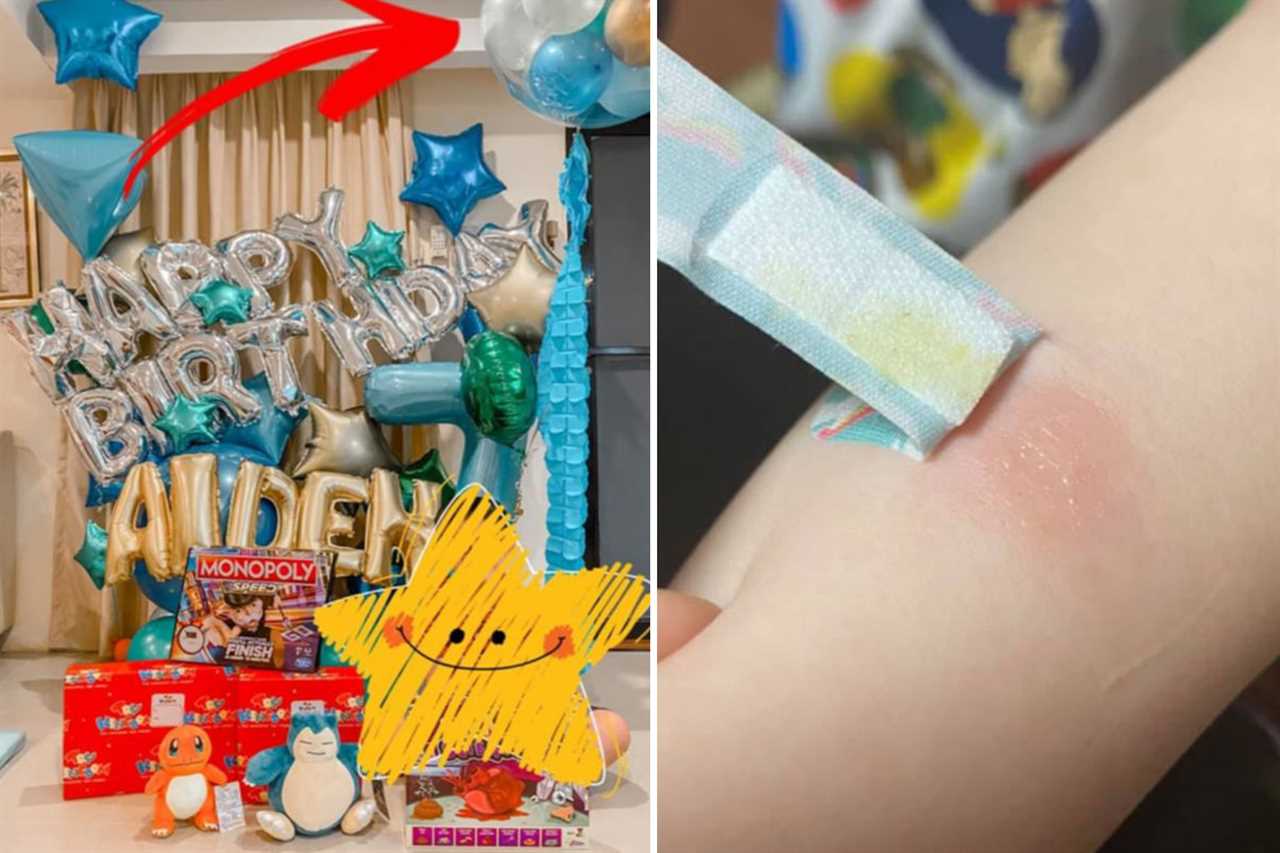PARENTS have rushed to get their kids vaccinated against chickenpox due to fears surrounding an uptick in monkeypox infections.
In the last six weeks the number of people who have had a jab for chickenpox has gone up by 146 per cent.

Data from Well Pharmacy shows that this is double the number of doses usually rolled out.
Experts say that this could be down to the confusion between the two viruses – which both produce a rash.
The chickenpox jabs cost £130 and are not available for free on the NHS.
A further 71 cases of monkeypox were last night detected in the UK, bringing the total number of infections in the country to 179.
Read more on monkeypox
The first case in Britain was recorded on May 7, but numbers have since jumped, with hundreds around the world.
Just last month parents were warned of a dangerous outbreak of chickenpox and scarlet fever infections – with many families being on high alert.
Experts say that many common infections declined during lockdown but they’re now circulating at higher levels, particularly affecting pre-school and nurseries.
Ifti Khan, Well Pharmacy superintendent said the current spate of monkyepox cases is concerning – especially as we are still living with the recent memory of coronavirus lockdowns.
“We would urge people to of course remain alert, but not to panic.
“Chickenpox and monkeypox are similar in the way they are spread, via close contact and respiratory droplets, as well as direct contact with contaminated objects, but monkeypox is much rarer and spreads less easily.
“The important thing to remember is that the chickenpox vaccine will not protect people from monkeypox, but it is still important to protect yourself against chickenpox, especially in adulthood when it can often be far more severe.”
Initial signs of monkeypox include a fever, headache and muscle aches.
One of the differences between monkeypox and chickenpox is that people with the latter will usually not experience swollen lymph nodes.
A monkyepox rash will usually start of the face, before moving across the rest of the body.
Mr Khan said that the best way to detect the two rashes is that with monkeypox, the rash will occur within one to three days after a fever.
He explained: “There are several stages to monkeypox. The first developing into papules and fluid filled pustules before forming a scab and falling off.










